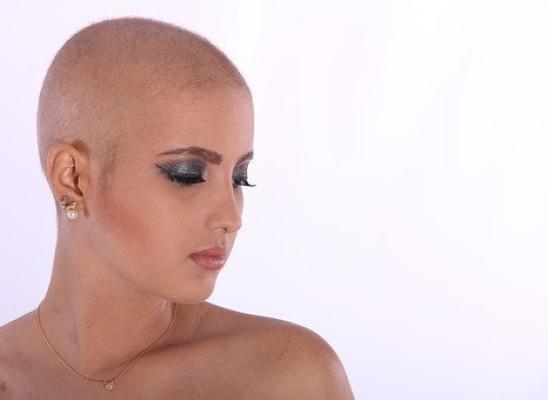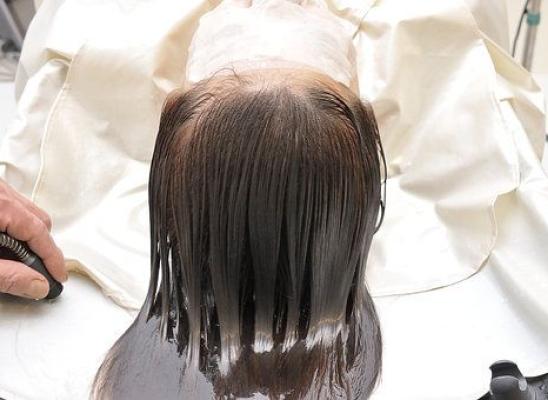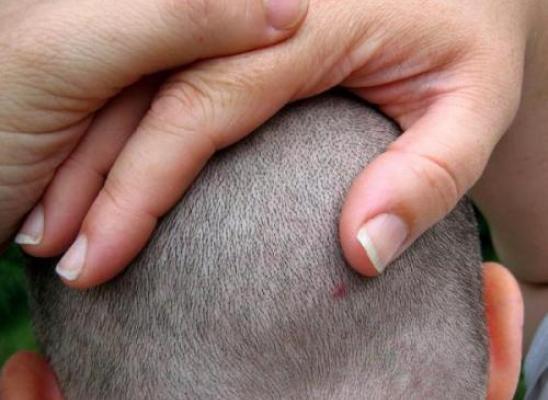The Role of Thoughts and Beliefs in Trich
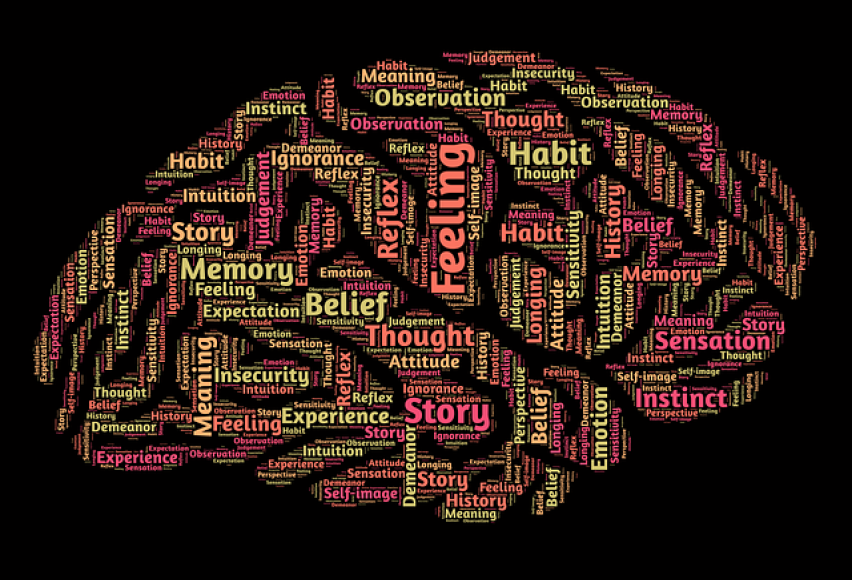
Online test
Find out the severity of your symptoms with this free online test
No matter which way you look at it trich is a complex disorder. While scientists produce evidence that it is a disorder of compulsion and impulse control, others suggest it is closer to a tic disorder. Since information about the mechanisms that cause trich are important for developing successful treatment strategies, researchers continue to look into genetic, neurological, behavioral, and environmental factors that influence hair pulling behaviors. Thus far, the most effective treatments tend to be psychotherapy with an emphasis on habit reversal and cognitive behavioral therapies. Research lends insight about the role of thoughts and beliefs on hair pulling behaviors which may help therapists and client navigate recovery, and this article will summarize a study conducted in 2015 that identified belief categories.
Eight women between 18 and 36 years old participated in interviews that assessed their hair pulling behaviors to narrow down common beliefs and thoughts they experienced. This kind of research is called qualitative research because it allows for in-depth exploration into an issue not tied to the restrictions of numerical data or statistical analysis. Therefore, this study yielded interesting themes that serve as the foundation for quantitative, or data-driven, studies.
Categories of Beliefs
Through the in-depth interviews with participants, researchers identified several categories of beliefs common to the eight women.
Negative self-beliefs
- Self-worthlessness
- Self as abnormal
One’s needs are a burden and feeling worthless or useless about something unrelated to hair pulling. One participant described hair pulling focus attention on selecting and pulling hair and kept her mind off her feelings about herself. Plus, feeling that because of pulling, one is not normal, which matched how they felt about themselves. The sense that damaged hair equaled damaged self.
Control beliefs
- The importance of control
- Ambivalent about the loss of control
Feeling in control over which hairs to pull and mastering the process helped participants feel in control when elsewhere in life they did not feel in control. Ambivalent choice indicated that participants were aware of what they were doing, had a choice about continuing but then did so anyway. Loss of control was explained as feeling disconnected from hair pulling if they could not control what was happening.
Beliefs about coping
- Low coping efficacy
- Experiential avoidance
- Criteria for effective coping
Hair pulling was noted as a coping strategy which they could use when feeling stressed or overwhelmed, and knowing it was not a healthy coping skill; it made them feel worse. Then some participants described a “trich trance” during pulling which served as an avoidance mechanism or the ability to forget about things that stressed them. Finally, even if participants had other coping skills available, they felt that pulling was more reliable because it required little work. In this way, they felt hair pulling was the best coping skill they had.
Beliefs about negative emotions
- Tolerability
- Acceptability
Most participants said a pulling episode usually followed negative emotions or boredom, or guilt. They had little tolerance for dealing with those emotions. Pulling was a more favorable experience than the negative emotions meaning participants could tolerate pulling easier than negative emotions.
Permission-giving beliefs
- Justification
- All-or-nothing beliefs
- Reward
Often, they bargained with themselves, like saying, “I’ll just pull one” which gave them permission to pull and then once they started, the thoughts changed to “well, doesn’t pay to stop now, the damage is done.” Often, these thoughts justified their reasons for pulling. Finally, some participants described the process of pulling as rewarding, not always for the physical sensation of the pulling but because of the selection and targeting process.
Perfectionism about hair quality
- Just right standards
- Mastery through perfection
Most of the women in the study talked about selecting hairs that were imperfect, which further justified the reason for removal. The intolerance for imperfection drove the need to remove anything that wasn’t right, and part of the relief came from successfully removing that which was imperfect.
How do Beliefs Influence Behavior?
According to cognitive behavioral theory, beliefs drive thoughts, which drives behavior. In the case of hair pulling behaviors, the diagram created by Rehm and colleagues shows how negative (dysphoric) feelings relate to one’s beliefs about the self and coping skills which influences hair pulling behaviors. The diagram from the Rehms study also shows how pulling behaviors cause negative feedback. Once a person gives in to pulling and attaches a negative belief to that behavior, then the negative thoughts reinforce negative self-beliefs, coping ineffectiveness, and negative feelings thereby starting the whole cycle again.
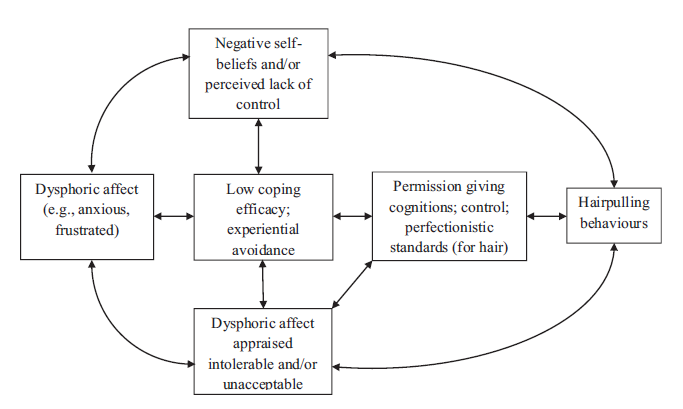
Research Informs Treatment
The point of identifying beliefs is to find out where intervention is most likely to succeed. However, before a therapist moves to intervention, they will conduct an in-depth assessment. In other words, before a therapist can suggest interventions that are likely to help a client, the therapist needs to understand the client’s experience. The in-depth interviews with women with trichotillomania clarified some thoughts and beliefs associated with the behaviors. While these beliefs may not apply to everyone, it gives the therapist and client a place to begin.
In cognitive behavioral therapies, identification of thoughts and beliefs is the first step of therapy. However, it can be difficult to identify thoughts and beliefs. The categories yielded by the research provides a starting point for a therapist to ask questions. A validated questionnaire such as the Beliefs in Trichotillomania Scale (BiTS) created by the researchers who did the interview study is a standardized way to measure thoughts and beliefs. Using the categories from the qualitative study, it gives therapists and clients an evidence-based tool to get the conversation started. Many of the current assessments available currently measure pulling behaviors, not beliefs that influence behaviors.
Once beliefs and thoughts are identified in therapy, the real work begins. For example, if a client struggles with a sense of worthlessness which leads to hair pulling, a therapist will help a client dispute and reconstruct the thoughts and beliefs of worthlessness. By addressing the beliefs, eventually the client will feel better about himself, and the urge to pull for those reasons will decrease.
Throughout treatment, a client will likely address all of these categories of beliefs, but understanding how beliefs influence behaviors can jumpstart the recovery journey.
References
Rehm, I. C., Nedeljkovic, M., Thomas, A., & Moulding, R. (2015). The role of cognitions and beliefs in trichotillomania: A qualitative study using interpretive phenomenology always analysis. Behaviour Change, 32(4), 209-230.
Rehm, I. C., Nedeljkovic, M., Thomas, A., & Moulding, R. (2019). The Beliefs in Trichotillomania Scale (BiTS): Factor analyses and preliminary validation. British Journal of Clinical Psychology (in press). https://doi.org/10.1111/bjc.12219
Online test
Find out the severity of your symptoms with this free online test
Start your journey with TrichStop
Take control of your life and find freedom from hair pulling through professional therapy and evidence-based behavioral techniques.
Start Now
